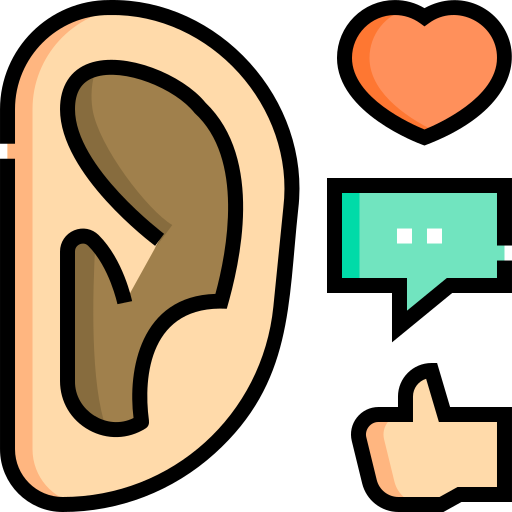What's Constructive Conflict?
It’s when people disagree, but in a way that helps fix things instead of making them worse.
It's about solving problems together, not throwing shade or giving the silent treatment.

Constructive conflict helps teams:
Speak up without arguing
Understand each other better
Fix issues without making things worse
Strengthen relationships
6 Steps to Handle Conflict Like a Pro 🛠️
So, you’ve got a work disagreement. Maybe someone’s not pulling their weight, or you're clashing over ideas. Don’t worry — follow these six super simple steps to handle it using constructive conflict:
 Step 1: Spot the Conflict
Step 1: Spot the Conflict
Say what the issue is — clearly. Don’t let it turn into drama.
“We’ve got different takes on the project deadline. Let’s figure out what’s really going on.”

Step 2: Start on a Positive Note
Come in cool, calm, and ready to work together — not to win an argument.
“I want us to work through this, not argue. We’re on the same team.”

Step 3: Listen Like You Mean It
Let the other person talk. No interrupting. Repeat back what they said to show you get it.
“So you’re feeling stressed because of your other shifts. Got it — thanks for sharing that.”

Step 4: Find the Goal You Both Care About
Look for the thing you agree on — like finishing the project or keeping things fair.
“We both want to get this done right. Let’s figure out how to make it work for both of us.”

Step 5: Solve It Together
Brainstorm, suggest ideas, and be flexible. No idea is too small!
“What if we switch tasks this week? Would that help balance things out?”

Step 6: Make a Plan You Can Both Stick To
Agree on next steps and who’s doing what — no confusion later.
“Cool, I’ll tweak the plan and share it today. Let’s check in on Friday to see how it’s going.”
Quiz
What’s one reason to use empathy at work?
The Power Skills of Constructive Conflict 🌟
Let’s say you’re at work, and someone’s slacking on a group task. Instead of ghosting them or yelling, here’s how to handle it like a pro with constructive conflict:
Speak Honestly (But with Respect) 🗣️
Be clear about how you feel and show respect.
Example: “Hey, I noticed the task didn’t get done. I feel a little stressed because it affects our group deadline. Can we talk about it?”
Actually Listen (No Eye-Rolling Allowed)👂
Really hear what the other person says. You don’t have to agree — but you do need to understand.
Example: “So you had back-to-back shifts this week? That makes sense — thanks for sharing that.”
Focus on the Why, Not Just the What 🎯
Don’t get stuck on "your way" vs. "their way". Talk about the reason behind what you both want.
Example: “I know you like doing things last-minute, but I need more time to review everything.”
Be a Problem Solver, Not a Blamer 🔧
Work with them to fix the issue instead of pointing fingers.
Example: “Let’s figure out a better way to split the work so it doesn’t pile up.”
Use Empathy Like a Superpower ❤️
You don’t know what someone else is dealing with. Be kind — it costs $0.
Example: “I didn’t realize you were covering extra shifts. Thanks for letting me know—how can we rebalance things?”
Real-Life Examples of Constructive Conflict
Team Project Drama
Jasmine and Leo are planning an event but clash over what to do first — find volunteers or book the venue. Instead of arguing, they pause, talk it out, and realize they both want the event to go well.
They agree to split tasks: Leo contacts the venue while Jasmine starts the volunteer list.

Why constructive conflict worked: They used open communication, active listening, and focused on a shared goal. ✅
Boss vs. Employee
Sam’s sales manager wants him to upsell more, but Sam feels the targets are too high. They have a calm conversation where Sam shares his concerns, and his manager listens.
Together, they create a plan with realistic goals and weekly check-ins.

Why constructive conflict worked: They practiced empathy, problem-solving, and found a mutual solution. ✅
Quiz
You and your colleague Eli are working on a project. You want to start with research, but Eli wants to jump right into designing slides. What’s the best next step?
Take Action
Conflict at work doesn’t have to be awkward or destructive. When handled constructively, it actually builds stronger teams, better ideas, and more trust.
Using the power skills and 6 steps in this Byte to handle constructive conflict, you can turn tension into teamwork — and walk away with solutions, not stress.
 Start practicing constructive conflict at your workplace!
Start practicing constructive conflict at your workplace!
Your feedback matters to us.
This Byte helped me better understand the topic.
